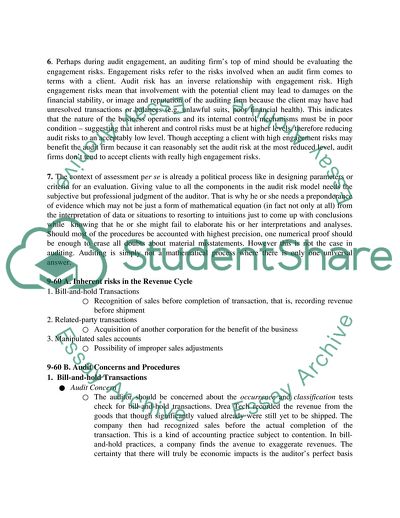Cite this document
(Auditing Case Study Example | Topics and Well Written Essays - 1750 words - 4, n.d.)
Auditing Case Study Example | Topics and Well Written Essays - 1750 words - 4. https://studentshare.org/finance-accounting/1742201-auditing
Auditing Case Study Example | Topics and Well Written Essays - 1750 words - 4. https://studentshare.org/finance-accounting/1742201-auditing
(Auditing Case Study Example | Topics and Well Written Essays - 1750 Words - 4)
Auditing Case Study Example | Topics and Well Written Essays - 1750 Words - 4. https://studentshare.org/finance-accounting/1742201-auditing.
Auditing Case Study Example | Topics and Well Written Essays - 1750 Words - 4. https://studentshare.org/finance-accounting/1742201-auditing.
“Auditing Case Study Example | Topics and Well Written Essays - 1750 Words - 4”. https://studentshare.org/finance-accounting/1742201-auditing.


